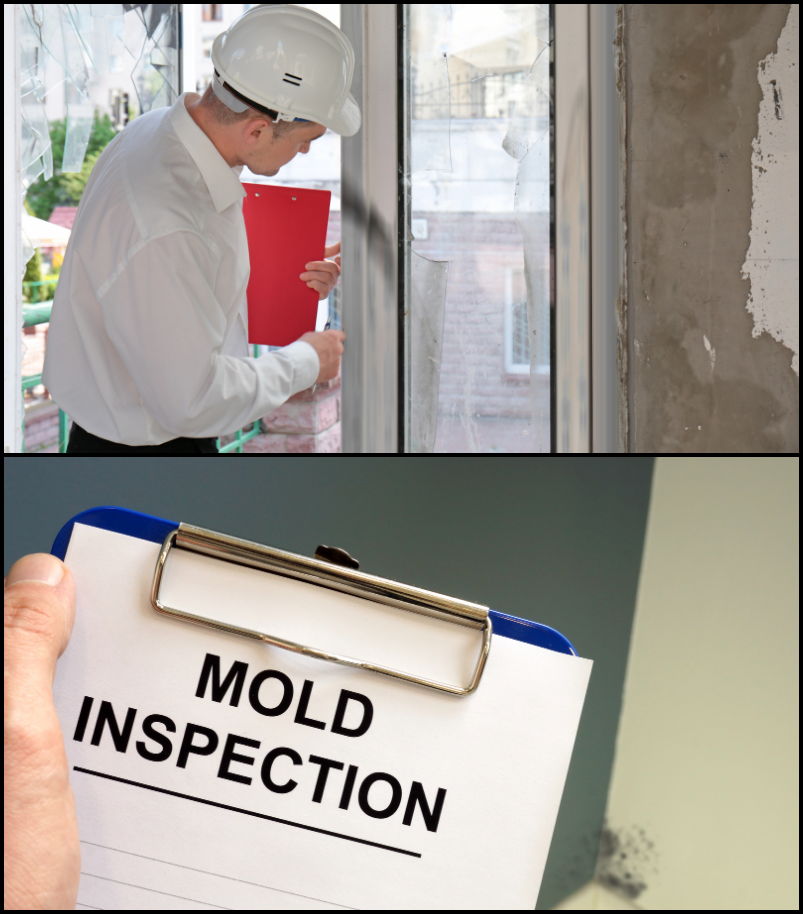Mold Testing in Old Westbury


The Importance of Mold Testing On Long Island
Professional Mold Inspection in Old Westbury
Residential
Commercial
Old Westbury, an affluent village located in Nassau County on Long Island's North Shore, is renowned for its lush landscapes, historic estates, and luxurious homes. With a population of approximately 4,200, Old Westbury offers a serene and prestigious suburban lifestyle, making it one of the most desirable areas on Long Island. The village is characterized by its sprawling properties, tree-lined streets, and beautiful gardens, providing residents with a picturesque environment. The local economy primarily revolves around residential living, with many nearby shopping and dining options in neighboring towns like Westbury and Carle Place. Old Westbury’s proximity to major highways and the Long Island Rail Road allows for convenient access to New York City, appealing to commuters. The weather in Old Westbury mirrors the typical Long Island climate, featuring warm summers and cold winters, which residents enjoy through outdoor activities and seasonal changes.
One of Old Westbury's most notable attractions is the Old Westbury Gardens, a historic estate featuring beautifully landscaped gardens, walking trails, and a stunning mansion that dates back to the early 1900s. The gardens host various cultural events, art exhibits, and seasonal activities, making it a favorite destination for both residents and visitors. Old Westbury is known for its exceptional schools and affluent community, attracting families who seek a high quality of life. The village’s rich history, beautiful surroundings, and strong community spirit create an idyllic environment for those looking for luxury, privacy, and connection to nature. With its unique blend of historic charm and modern amenities, Old Westbury remains a prestigious and sought-after place to call home on Long Island.
Our Mold Testing Services in Old Westbury
Our testing and inspection process includes the following steps:
Visual Mold Inspection:
Identifying any visible signs of mold growth.
Air Quality Testing:
Detecting mold spores in the air to assess indoor air quality.
Surface Testing:
Collecting samples from surfaces to confirm mold presence.
Moisture Mapping:
Pinpointing areas of potential water damage that may lead to mold growth.
Why Choose Long Island Mold Testing
Certified and Experienced
Local Experts
Fast & Reliable Service
Health-Focused Approach
FAQs
1. What is mold testing?
Mold testing involves inspecting a property for the presence of mold by collecting air or surface samples and analyzing them in a laboratory to determine if harmful mold is present and at what levels.
2. Why is mold testing important?
Mold testing helps identify hidden mold growth that can cause health issues, property damage, and decreased indoor air quality. It allows homeowners to take prompt action to remove mold and prevent further problems.
3. How do I know if I need mold testing?
If you notice visible mold, experience a musty odor, or suspect water damage (e.g., from flooding or leaks), mold testing is recommended. It’s also a good idea after purchasing a home, following major storms, or if household members experience unexplained health issues.
4. What types of mold are commonly found in homes?
Some common molds found in homes include Stachybotrys (black mold), Penicillium, Aspergillus, and Cladosporium. Testing can determine the specific types of mold present and assess the risks they may pose.
5. How is mold testing performed?
Mold testing typically involves collecting samples from the air, surfaces, or materials in your home. These samples are then analyzed in a lab to identify the types of mold present and their concentrations.
6. How long does mold testing take?
The actual testing process usually takes a few hours, but receiving lab results can take anywhere from 24 hours to a few days, depending on the type of testing and the laboratory used.
7. How much does mold testing cost?
The cost of mold testing varies depending on the size of the property, the extent of testing required, and the types of tests performed. Prices typically range from $300 to $600, but more comprehensive testing can cost more.
8. What should I do if mold is detected in my home?
If mold is found, you should contact a professional mold remediation company to safely remove it. It’s important to address the underlying cause of the mold (such as water leaks or high humidity) to prevent future growth.
9. Can I test for mold myself?
There are DIY mold testing kits available, but they may not be as reliable as professional testing. Professional mold inspectors are trained to locate hidden mold and provide more accurate assessments of the extent of the issue.
10. How can I prevent mold growth in my home?
To prevent mold growth, control indoor humidity levels, repair leaks promptly, ensure proper ventilation (especially in bathrooms and kitchens), and clean and dry areas affected by water damage as soon as possible.
11. Is all mold dangerous?
Not all mold is harmful, but certain types of mold can cause health issues, especially for individuals with allergies, asthma, or weakened immune systems. Professional testing can help determine if the mold in your home poses a risk.
12. How often should mold testing be done?
Mold testing should be done after water damage, if mold is visibly present, when moving into a new home, or if you notice unexplained health symptoms. Otherwise, periodic testing every few years can ensure your indoor air quality remains safe.